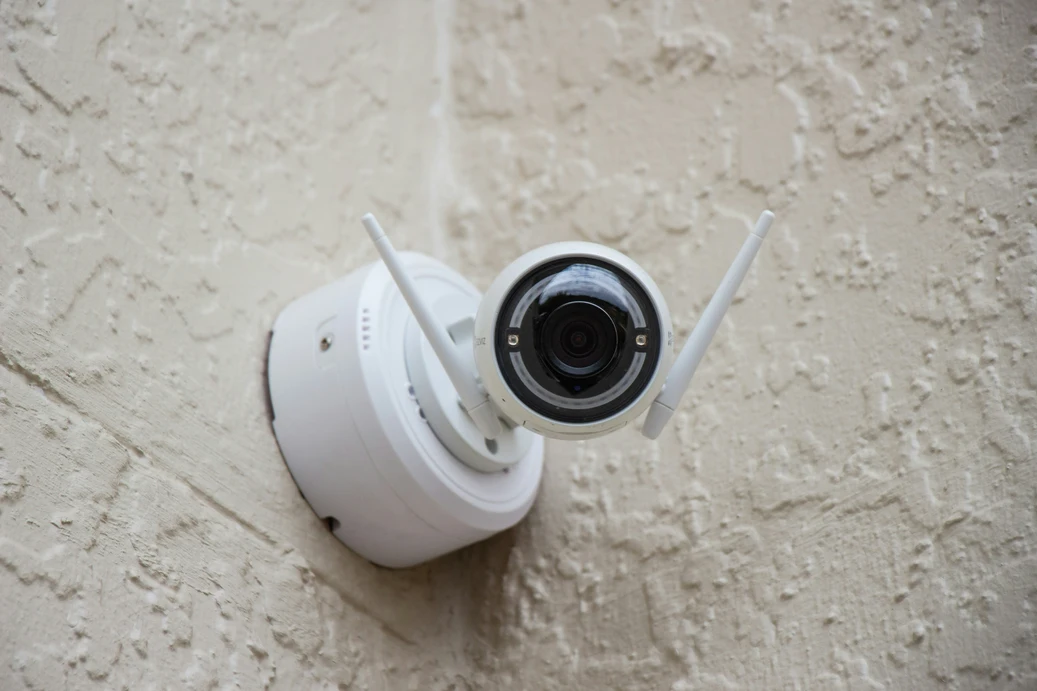What if your home could sense danger before it occurred — predicting not just motion, but intention?
In 2025, the next leap in home and urban safety is AI Anomaly Prediction — intelligent systems trained to recognize the subtle precursors of accidents, intrusions, or mechanical failures.
From door sensors that detect “hesitant movements” to surveillance networks that identify behavioral tension, AI is turning safety from reactive to proactive.
Welcome to the age of predictive security — where prevention replaces response.

What Is AI Anomaly Prediction?
AI Anomaly Prediction uses behavioral analytics, environmental modeling, and contextual learning to identify irregular patterns that might indicate an upcoming threat.
Instead of waiting for a breach, these systems continuously compare real-time sensor data against millions of learned “normal” patterns.
When something falls outside the safe baseline — hesitation, delay, vibration, sound tone, or route deviation — the AI flags it instantly.
In essence, the system learns what “normal” feels like — and everything else becomes a red flag.
How AI Anomaly Prediction Works
- Baseline Modeling: AI learns your environment’s daily rhythm — entries, temperature, movement, sound.
- Micro-Behavior Tracking: Sensors detect subtle physical deviations (hesitation near doors, object misplacement).
- Environmental AI: Weather, light, and routine context refine interpretation accuracy.
- Predictive Analytics: Machine-learning models assign risk scores to irregularities before escalation.
- Smart Response: Systems trigger adaptive alerts — lighting, sound, or direct calls to security services.
The result: safety that thinks ahead.
Why AI Anomaly Prediction Matters
- Accident Prevention: Predicts hazards like stove fires or carbon leaks before alarms sound.
- Burglary Interruption: Recognizes suspicious approach patterns or entry hesitations.
- Urban Safety: Predictive city grids can reroute pedestrians or vehicles in real time during emergencies.
- Privacy by Design: Works locally using encrypted, anonymized pattern recognition.
- Peace of Mind: Predictive systems mean safety happens before you even know you need it.
The smartest defense is the one that never has to act.
Real-World Innovators in 2025
- Honeywell Predictive Vision — uses multi-sensor context to forecast mechanical or human anomalies.
- Ring Horizon AI — identifies unfamiliar approach behavior up to 40 ft away.
- ADT Insight Cloud — adaptive anomaly prediction for connected neighborhoods.
- Google Nest RiskSense — voice tone detection for emotional distress and potential domestic risks.
- CityShield OS — municipal-scale predictive security grid reducing emergency response times by 35 %.
Predictive intelligence is fast becoming the invisible guardian of daily life.

The Psychology of Predictive Trust
The Stanford Cognitive Safety Study (2025) revealed that users trust AI prediction systems more when they explain their reasoning — not just alert outcomes.
Transparency turns fear into confidence.
When AI can tell you why it sensed something wrong, it becomes a partner, not a watchdog.
Human-AI trust will define the next decade of digital safety.
Challenges & Ethics
- False Positives: Prediction must evolve to minimize unnecessary alerts.
- Data Context: Systems must separate “unusual” from “unsafe.”
- Ethical Oversight: Predictive AI must never target individuals based on bias.
- Decentralized Security: Local processing ensures autonomy and privacy.
The line between protection and intrusion must remain crystal clear.
The Future of Predictive Security
By 2030, AI anomaly prediction will merge with urban neural networks, creating cities that self-adjust for safety — dynamically rerouting cars, dimming unsafe zones, or pre-alerting authorities when collective tension rises.
Security will no longer be a system.
It will be an ecosystem of foresight — one that learns, listens, and lives with you.

FAQs & Key Takeaways
Q1: How accurate are AI anomaly prediction systems?
Top models reach over 96 % accuracy when trained with high-context environmental data.
Q2: Do they need cameras to function?
No — they can use acoustic, thermal, or vibration sensors for non-visual detection.
Q3: Can predictive AI prevent cyberattacks?
Yes — similar logic is applied to detect irregular digital behavior before breaches occur.
Q4: Are there privacy risks?
Not if built correctly — edge AI ensures personal data never leaves your device.
Key Takeaways
AI anomaly prediction transforms safety from response to anticipation.
It learns your environment’s rhythm, senses irregularity, and acts before danger unfolds.
Security isn’t about fear — it’s about foresight.
When protection becomes prediction, peace of mind becomes automatic.
Would you trust AI to sense danger before you do?
Share your thoughts and experiences below — your feedback helps others understand the future of safety.
Explore more intelligent living ideas at Designs24hr.com — where security meets intelligence.
#Designs24hr #SecureLiving #AIAnomalyPrediction #SmartSecurity #PredictiveAI #AITrends2025 #AIandDesign #AIInnovation #AIEthics #AIHomeSecurity #AICitySafety #SmartLiving #AIHomeTech #FutureOfSecurity #PredictiveSafety #AIAdaptiveSystems #AIThreatDetection #AIPrivacy #DesignTrends2025 #AITrust







